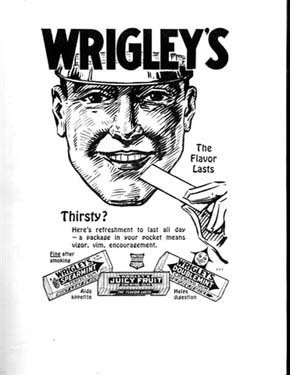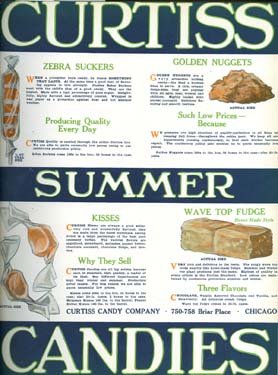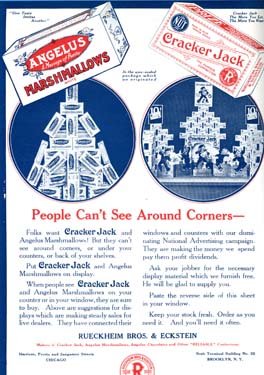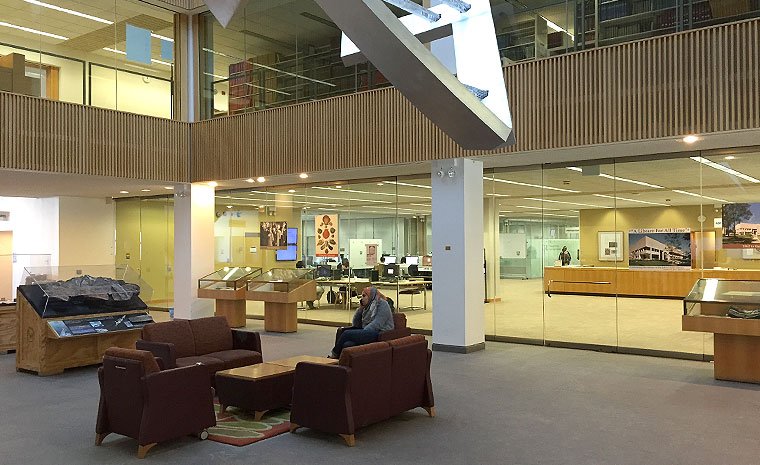History of Chocolate and Candy Making in Chicago
Chicago's thriving sweets industry resulted from a culmination of economic, political, social and cultural events that helped shape the business of candy.
The 1871 Great Chicago Fire demolished many businesses but some would return with fierce determination. Charles F. Gunther is credited with introducing caramels to America; he sold them from his Clark Street candy business, which burned completely to the ground in the fire. Following that event, he erected an impressive factory building on 212 State Street. The entire lower level housed his ornate candy store. This new business made him rich, and with his money he collected historical and unusual artifacts, displaying them in his candy shop. Soon his collection outgrew his candy emporium; he opened a Civil War museum and later donated his collection to the Chicago Historical Society.
In 1893 Chicago held the Columbian Exposition, which had a profound effect on the city's image and industrial optimism. The fair drew nearly 26 million visitors. In the Agricultural Building visitors could find a confection made by Ruckheim and Eckstein, one of Chicago's first candy wholesalers. The popular concoction, made with a combination of popcorn, peanuts and molasses was later named Cracker Jack. Confections were on display and in the air, literally. Juicy Fruit Gum samples were on hand, along with chocolate from companies like Walter Baker & Company and Stollwerck, which built a 38 foot high statue made entirely from chocolate. Many were sweetly inspired by one of the greatest World's Fairs on record. 36-year old Milton Hershey visited the fair and saw chocolate making equipment from J.M. Lehmann at the exhibit; he bought himself a factory on the spot and would go onto to create a chocolate legacy.
During Prohibition (1920-1933) the sale, manufacture, and transportation of alcohol was banned nationally. In Chicago prohibition gave rise to mobsters, speakeasies, Jazz, and candy. Schlitz Brewery owned dozens of local Chicago taverns that were quickly converted into candy or soda shops. As bars closed, ice cream shops and confection parlors opened as places to socialize and imbibe sweets. Beer companies, unable to manufacture lager, turned to making chocolate and candy. Brewing ingredients like malt made its way into ice cream and candy popularizing malted milk balls. Americans turned from liquor and got their fix instead with confections.
By the early 1900s, Chicago was referred to as the Candy Capital of the world. Chicago was home to over one thousand candy purveyors and also associations and publications that supported confections. In 1884, the National Confectionery Association began in Chicago and, representing 69 candy companies, they helped advance candy making standards and promoted candy products. The Manufacturing Confectioner magazine was a resource for confectioners. With articles about human resources, production, manufacturing and efficiency, the book offered a serious look at the business of candy. The magazine was available for shipment all over the world but had offices located in the city where much of the confectionery action took place—Chicago.
Confectioners Journal, September 1919, pg.68. Crerar 641.O51 C76



